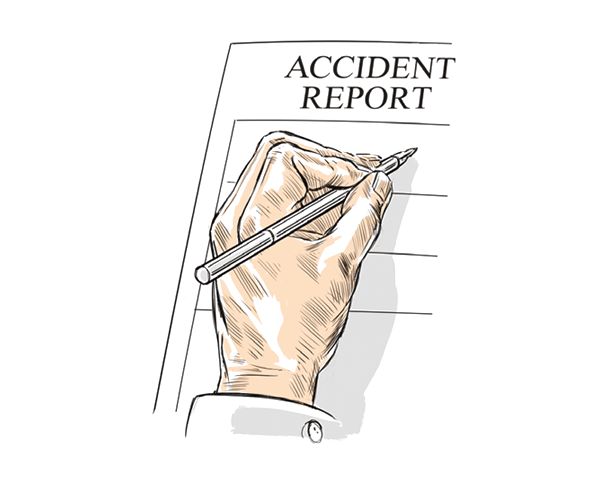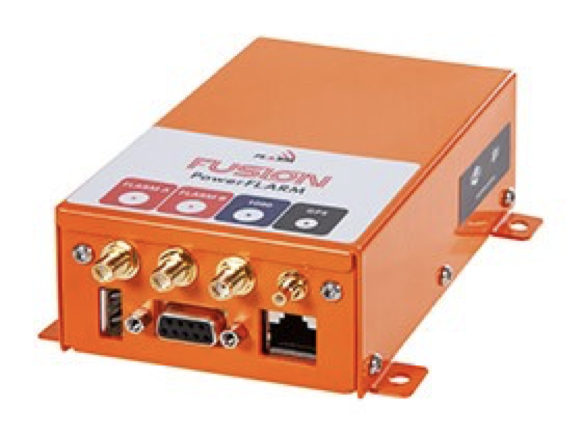Unconstrained rotate
Mooney M20S
N602TF
Olathe, Kansas
Injuries: Two fatal
The pilot and a passenger were departing from the airport to return to their home-based airport. A witness reported that nothing was out of the ordinary on the aeroplane’s initial take-off roll.
However, the aeroplane rotated at a much slower speed than would be expected and immediately started to climb at a very high pitch attitude.
“The pilot departed with the elevator trim set to a full nose-up setting”
The witness reported that as the aeroplane gained altitude, it appeared to fly slower to the point that the left wing stalled, causing the aeroplane to nose over and continue its trajectory straight into the ground just east of the runway. The witness stated that the engine power was ‘on’ throughout the entire flight.
Videos recorded near the accident site and the accident aeroplane’s engine monitor data were consistent with the witness description of the accident flight. The pilot had purchased the aeroplane about one month before the accident and, according to his flight instructor, had accumulated 6.8 hours of instructional flight time. Review of photographs of an exemplar trim jack screw and the accident aeroplane’s jack screw revealed that the aeroplane’s trim system components exhibited a setting consistent with a full nose-up trim.
The before take-off checklist for the aeroplane make and model includes the step, ‘Elevator Trim… TAKE-OFF SETTING’. Given the available information, it is likely that the pilot departed with the elevator trim set to a full nose-up setting as opposed to the take-off setting, which resulted in the aeroplane pitching up steeply after lift-off and the subsequent aerodynamic stall.
Comment The pilot was relatively low hours but a ‘quick learner’ and of excellent ability according to the instructor. Given the likelihood of a mis-set pitch trim being the cause, maintaining the correct take-off attitude would have been hard work at unstick but not impossible (in most aircraft, at least). That said, the pitch trim mechanism on a Mooney is unconventional and works by repitching the whole tailplane. That may make it more powerful than most in certain circumstances.
Go-around delay
Cirrus SR22
N8163P
Cotswold (Kemble) Airport, Gloucestershire
Injuries: None
While downwind for Runway 08 at Cotswold (Kemble) Airport the pilot was informed that he was number two in the circuit with one landing ahead. He was visual with the landing aircraft and planned his touchdown assuming the aircraft ahead would vacate the runway at the intersection approximately 2/3 along the runway.
On calling ‘final to land’, the Flight Information Service Officer (FISO) advised that the runway was occupied by an aircraft that was vacating. However, the aircraft carried on taxying until it reached the end of the runway before vacating.
The pilot reported that he had to hold off the landing until he was given permission to ‘land at his discretion’ as he crossed the threshold. N8163P was still airborne when it reached the first touchdown zone markings.
The left wing was then seen to drop and contact the runway. The aircraft touched down on the grass and travelled along the ground at an angle of approximately 45° to the left of the runway heading, until it reached the North Apron where it collided with a parked Piper PA-30 aircraft. The pilot reported that he assumed the aircraft abruptly veered to the left and departed the runway due to a gust of wind. He did not recall hearing the stall warner operate.
He reported that he attempted a go-around while he was on the grass but thought the high air temperature meant he did not get the lift he was expecting. He added that his actions in attempting a go-around following the loss of control were instinctive. The collision with the unoccupied parked aircraft occurred at high speed and caused substantial damage to both aircraft.
Comment An earlier go-around would have been the right decision, of course. Having not done so and then losing control of the aircraft such that a wing tip strikes the runway really negates such an option. To then press on with doing so from the adjoining grass, pointing towards a parking area, hangar and fuel facility, was not a good move. We will never really know why this course of action was adopted and I suspect the pilot never will, either.
We do strange things when ‘startled’, but in this case leaving high power set almost turned a survivable accident into a disaster.
Easily misled
Robin DR400
F-BVCK
Pau-Pyrénées, France
Injuries: None
The pilot, accompanied by a passenger, was on a flight to Pau-Pyrénées. The expected flight time was 2.5 hours, where the pilot planned to refuel. After landing he requested taxi to the refuelling station. Once clear of the runway and the apron the controller indicated to the pilot that the fuel pump was in front of him. The pilot confirmed that he had it in sight.
A service vehicle preceded him and an agent was waiting. The pilot indicated that he saw a service road ahead with a yellow line, which he understood to be the taxiway. The presence of a ‘STOP’ sign to the side of the tarmac was a surprise, but he thought the left wing would pass over it. Unfortunately, as it did so the sign became embedded in the under surface of the left wing.
Once the aircraft was shut down and with the passenger’s help, they disengaged the wing from the sign and pushed the aircraft to the parking. The route to follow to reach the refuelling station from the apron was not clear and the more obvious yellow line leading to the service road could easily mislead.
Comment What should have been a nice day out turned into a bit of a nightmare. I suspect the pilot was initially misled by being conditioned to follow the route taken by the service vehicle but the ground markings were confusing too. Ultimately, though, it was by assuming that the wing would pass clear of an obstacle that was his real undoing. The sign said it all: ‘STOP’ – and check!
Caught short
Piper PA28
N98146
Mokuleia, Hawaii
Injuries: Three minor
The flight instructor reported that, before the flight, he requested that the aeroplane be refuelled, and his subsequent pre-flight inspection revealed that the aeroplane had been fuelled to the specified level. While conducting touch-and-go take-offs and landings during the instructional flight, the engine lost power about 300ft agl, and the instructor performed a forced landing to an open field adjacent to the runway. The aeroplane impacted a fence and came to rest upright.
“A fuel order was received but the aeroplane was not refuelled before the accident flight”
Post-accident examination revealed that the right-wing fuel tank contained about seven to eight gallons of fuel, with a slow fuel leak, and the left-wing fuel tank was void of fuel and undamaged. The fuel selector was positioned to the left-wing tank. Interviews with the staff of the fixed-base operator, from which the instructor ordered fuel, revealed that a fuel order was received for the accident aeroplane. However, the aeroplane was not refuelled before the accident flight.
Comment The narrative doesn’t quite add up but as was discussed last month it is simply not good enough to assume some things. Assuming someone else has filled up your aeroplane is one of them!
Free-flight
Van’s RV-6
N628JB
Milton, Delaware
Injuries: Two minor
The purpose of the flight was for the pilots to calibrate newly installed avionic equipment. The owner was occupying the right-hand seat and the pilot-in-command (PIC), the left. After take-off, the PIC handed over the controls to the owner requesting he perform two 360° turns while the PIC calibrated the equipment.
After the turns, the owner let go of the flight controls and the PIC manipulated the controls to demonstrate the functioning of the g-meter. The PIC and owner believed the other was flying the aeroplane following this demonstration.
Having decided to return to the departure airport, the aeroplane flew low and almost impacted the ground twice. On both occasions, the PIC pulled up, then once again let go of the controls believing that the owner was flying the aeroplane. Both expressed discomfort with how the other was flying the aeroplane, but neither communicated their concerns to the other in a way that was understood, nor did either confirm who was flying the aeroplane.
The third time the aeroplane neared terrain, the owner called for the PIC to pull up just as the PIC was about to take control. The aeroplane then impacted a field, flipped over, and came to rest inverted.
Comment Yes, this really happened! If I’d made it up as a piece of fiction, no one would have believed such a sequence of events possible. It has left me speechless…







